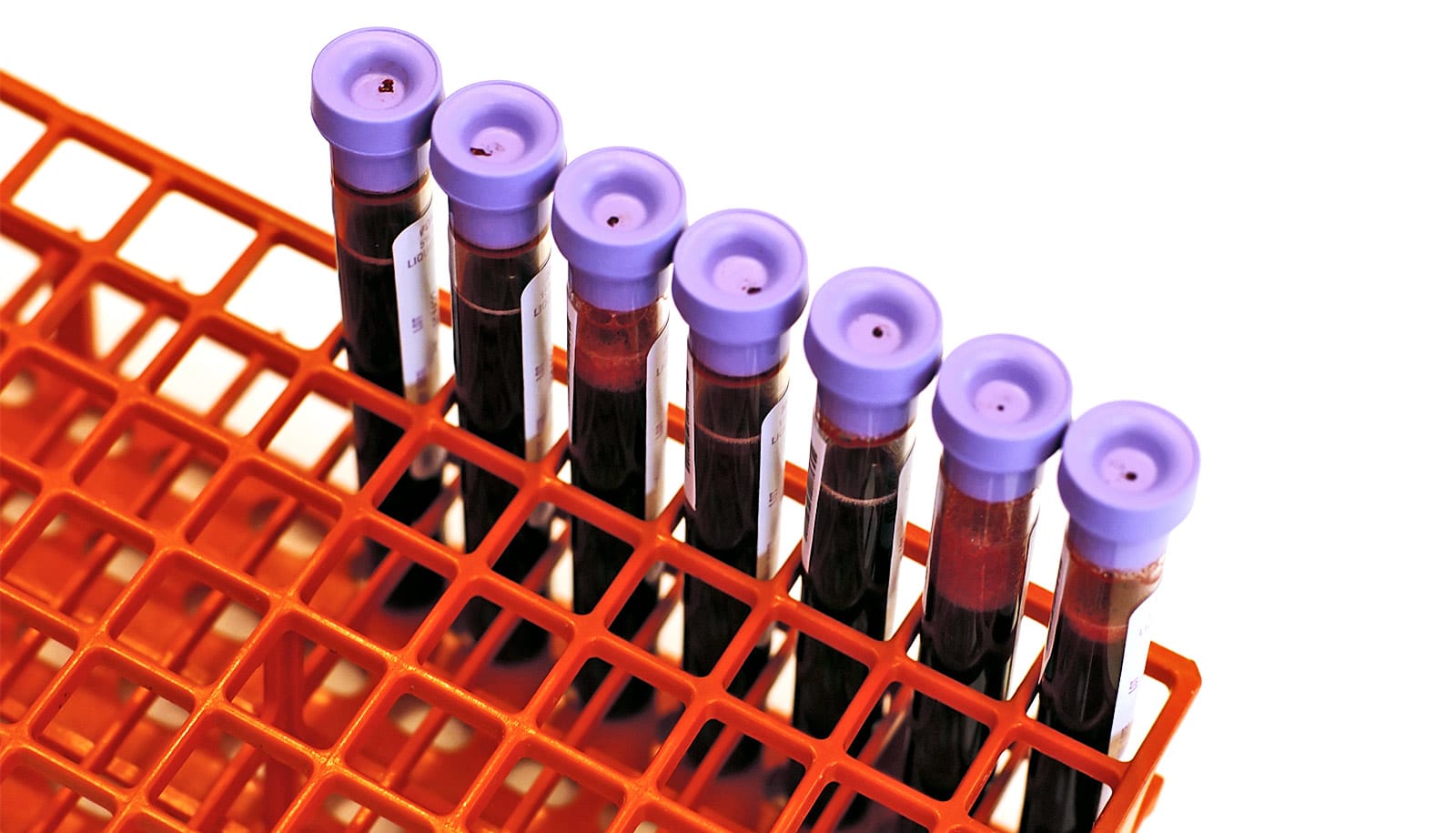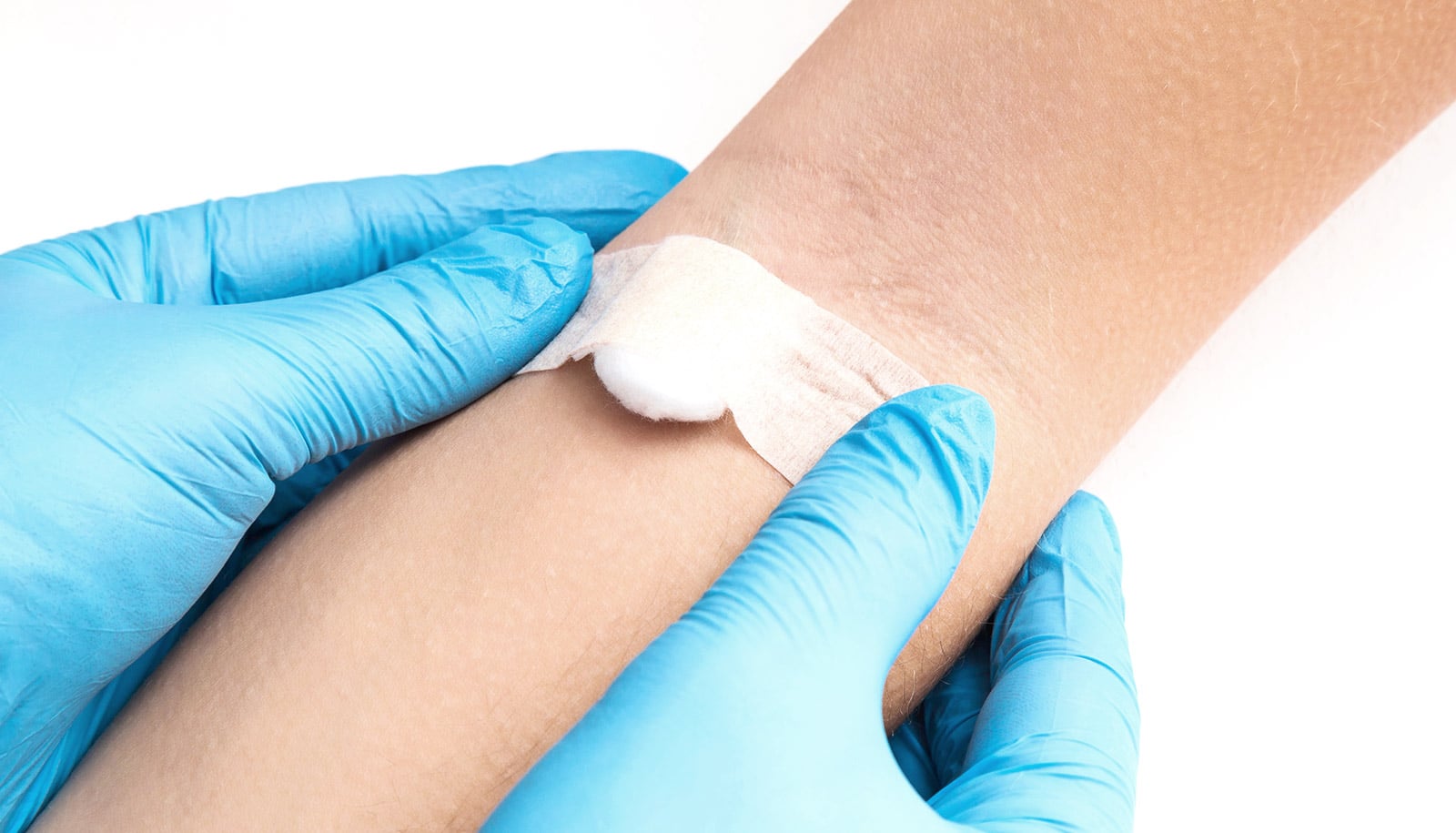A liquid biopsy test can safely detect as many as 26 undiagnosed cancers, according to a study of 9,900 women with no evidence or history of cancer.
The findings show the test could be incorporated into routine clinical care in combination with conventional screening.
Overall, the blood test detected 26 cancers while standard screening such as mammography or colonoscopy detected an additional 24 cancers. Together, screen-detected cancers (those detected through either blood testing or standard screening), accounted for more than half of the 96 cancers detected during the study period.
Diagnostic PET-CT most often localized cancers the new test detected. Surgeons could remove 12 of the cancers the blood test detected.
Early cancer detection
Researchers at the Ludwig Center at the Johns Hopkins Kimmel Cancer Center, who developed the blood test, say the study, called DETECT-A (Detecting cancers Earlier Through Elective mutation-based blood Collection and Testing) represents the first time researchers used any liquid biopsy blood test clinically to screen for cancer in a population without previously detected cancer for the purpose of diagnosis and intervention—specifically treatment with the intent to cure cancer.
“This study suggests that a multicancer blood test can be complementary and additive to standard of care screening and may be a good strategy for increasing early detection of cancer,” says Anne Marie Lennon, professor of medicine at Johns Hopkins University, interim director of the division of gastroenterology and hepatology, and lead author of the paper in Science.
The multicancer blood test detects the presence of cancer gene mutations in circulating DNA and blood levels of specific cancer proteins. The team originally designed the test, called the DETECT-A blood test, in 2016. They reported a more advanced version of the test, called CancerSEEK, in Science in January 2018.
They continued to make improvements to the test, such as those reported in the Proceedings of the National Academy of Sciences earlier this year. They initiated the DETECT-A study making the advances, Lennon says.
“The DETECT-A study incorporated PET-CT imaging to provide independent confirmation of the existence of a cancer and to precisely localize its site,” says senior author Nickolas Papadopoulos, professor of oncology and pathology.
“For example, we could detect a lung cancer, tell in which lobe of which lung the cancer was located, the size of the cancer, and if there were metastatic lesions present. Blood tests alone are not able to provide this type of precise information.”
In the DETECT-A study, the blood test and a following PET-CT imaging proved 99.6% specific for cancer. The researchers also confirmed that the genetic mutations picked up by the blood test that led to a positive test were present in the cancer 100% of the time.
“Our primary goal was to demonstrate reliability and safety—to show the blood test could lead to the diagnosis of cancers and get patients to treatment aimed at curing them,” says Kenneth Kinzler, professor of oncology and co-director of the Ludwig Center at Johns Hopkins.
Benefits of cancer blood tests
Researchers also wanted to show that blood testing can be integrated with conventional screening methods for detecting breast, colon, and lung tumors.
Papadopoulos says it was encouraging that the DETECT study found combining standard of care screening with the blood test augmented the benefit of standard of care screening for these three cancer types, improving sensitivity from 47% to 71%.
Blood testing also allowed the detection of seven other cancer types (lymphoma, appendix, uterine, thyroid, kidney, ovary, and cancers arising from an unknown primary site) that cannot be screened now, with a sensitivity of 31%.
“This underscores the value of blood-based multicancer screening as both complementary and additive to standard of care screening,” Papadopoulos says.
‘Substantially reduce suffering and death’
Researchers only chose women for the DETECT study because ovarian cancer—one of the cancers the test detects—occurs only in women, and the investigators wanted to have consistent comparisons.
Of the 10,006 female patients initially enrolled between September 2017 and May 2019, 9,911 completed the study. Of the 95 people excluded from the study, 73 voluntarily withdrew, 12 had a history of cancer, and 10 did not complete the necessary clinical workup.
Because study participants were all members of a managed health care system, all had access to standard of care cancer screening guidance, including recommendations for mammography to detect breast cancer and colonoscopy to detect colon cancer.
The blood test initially detected cancers in 10 different organs: lymphomas (2), colorectal (2), appendix (1), uterine (2), thyroid (1), kidney (1), lung (9), breast (1), ovary (6), and unknown primary (1).
Importantly, 17 cancers (65%) the blood test first detected were diagnosed at an early stage, when the cancer was still localized or regional to the area it originated. Surgeons performed 12 surgeries with intent to cure. Of the 26 patients first detected by blood testing, 12 remain in remission and eight remain in treatment or have stable disease approximately nine months past diagnosis.
The investigators plan to continue to follow all 9,911 participants, including those with positive and negative test results, for five years. It is likely that other cancers too small for imaging detection or the blood test will arise in these individuals.
Surveys researchers conducted after the study showed that blood testing did not discourage participants from engaging in standard screening. Moreover, these surveys showed high satisfaction with the study. Specifically, among 6,874 participants who completed a survey 12 months post-enrollment, only 0.3% reported feeling they made the wrong decision by participating in the study.
Participants who received true positive and true negative test results and those who received false positive or false negative results gave similar responses. Only 1% of respondents said they would not want to join a similar subsequent study.
The investigators say they plan additional studies reflecting an optimized version of the blood test.
“We believe that more than two-thirds of cancers that occur in the US can eventually be screen-detected, either by blood testing or standard screening, before they cause symptoms of disease,” says Bert Vogelstein, professor of oncology. “Such earlier detection has the capacity to substantially reduce suffering and death from many cancer types.”
The Marcus Foundation, the Lustgarten Foundation for Pancreatic Cancer Research, the Virginia and DK Ludwig Fund for Cancer Research, the Sol Goldman Pancreatic Cancer Research Center, Susan Wojcicki and Dennis Troper, the Rolfe Pancreatic Cancer Foundation, the Conrad R. Hilton Foundation, the John Templeton Foundation, Burroughs Wellcome Career Award for Medical Scientists, and National Institutes of Health funded the work.
Source: Johns Hopkins University



